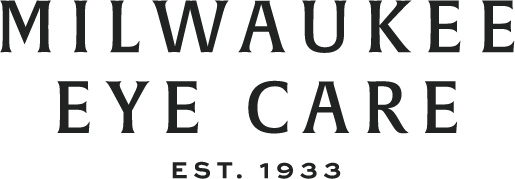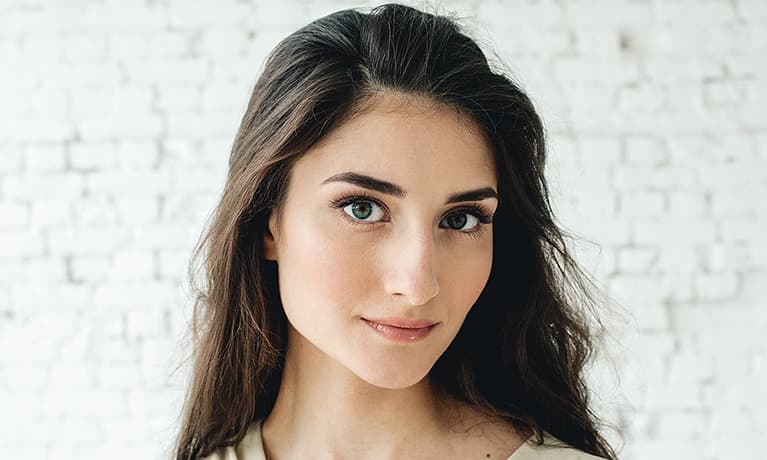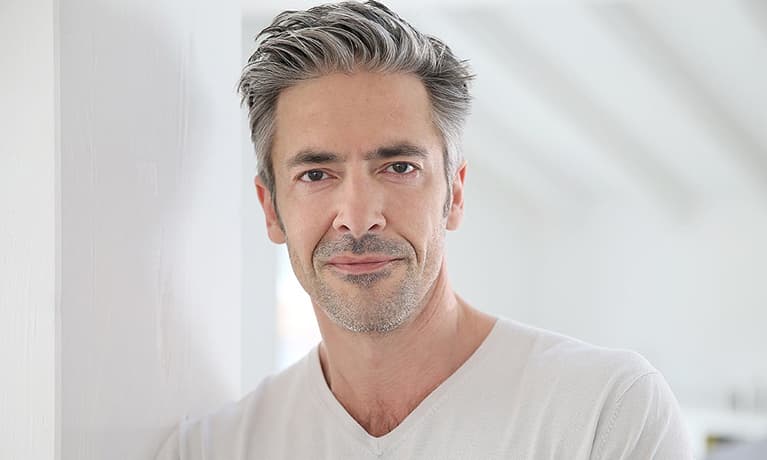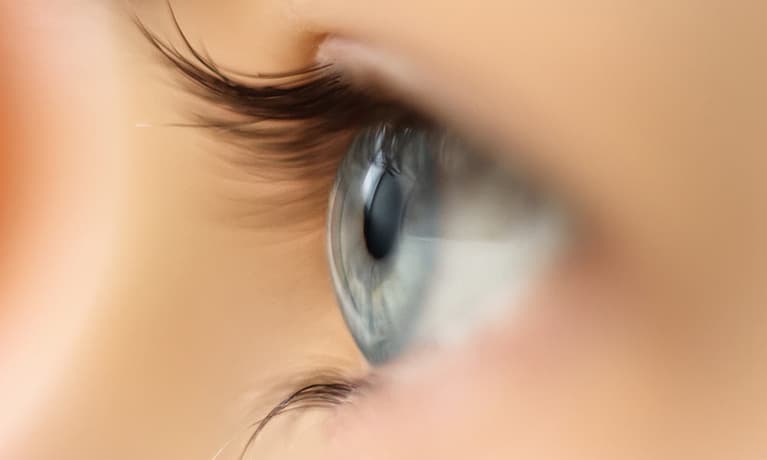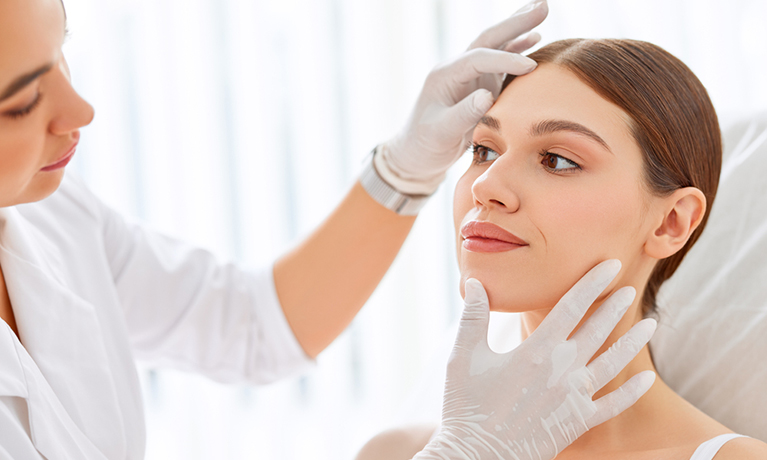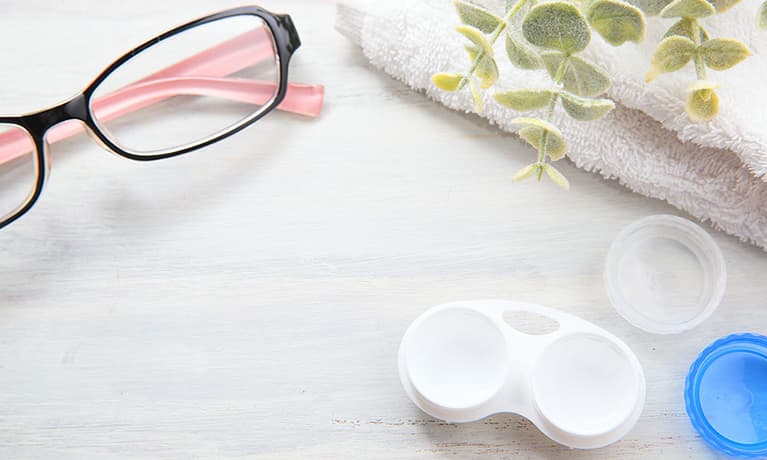Vision plays an important role in your child’s physical, mental, and social development. Uncorrected vision problems can impair child development, interfere with learning, and even lead to permanent vision loss. Early detection and treatment of eye problems are critical.
Make sure your child’s healthcare provider, educator, or public health program completes regular vision screenings.
Take your child to an eye doctor (optometrist or ophthalmologist) if they do not pass a vision screening, if they are at increased risk of a vision problem due to developmental delay, medical condition, or a family history of vision problems, or if you have a concern about your child’s vision.
Follow all treatment recommendations the eye doctor prescribes for your child- including eye glasses, wearing an eye patch, medications, and/or surgical recommendations.
Be aware of what your child’s eyes look like:
- Eyes don’t line up; one eye appears crossed or looks out!
- Eyelids are red-rimmed, crusted or swollen
- Eyes are watery or red (inflamed)
Be aware of your child’s eye and visual behavior:
- Rubs eyes a lot
- Closes or covers one eye
- Tilts head or thrusts head forward
- Has trouble reading or doing other close-up work, or holds objects close to eyes to see
- Blinks more than usual or seems cranky when doing close-up work
- Things are blurry or hard to see
- Squints eyes or frowns
Listen to what your child reports about their eyes:
- “My eyes are itchy,” “my eyes are burning” or “my eyes feel scratchy. ”I can’t see very well.”
- After doing close-up work, your child says “I feel dizzy,” “I have a headache” or “I feel sick/nauseous.”
- “Everything looks blurry,” or “I see double.”
If one or more of these signs appear, take your child to an eye doctor right away.
Take the following steps to avoid sports eye injuries:
- Wear proper safety goggles (lensed polycarbonate protectors) for racquet sports or basketball. To assure you protect your eyes, it is important that any eye guard or sports protective eyewear are labeled as ASTM F803 approved. This eyewear is performance tested to give you the highest levels of protection.
- Use batting helmets with polycarbonate face shields for youth baseball.
- Use helmets and face shields approved by the U.S. Amateur Hockey Association when playing hockey.
- Know that regular glasses don’t provide enough protection.
Our children’s eyes and ability to see are precious. If you have any worries or concern about your child’s eyes or vision, please contact Milwaukee Eye Care to schedule an appointment with one of our doctors at 414-271-2020. You can also visit our website at: www.milwaukeeeyecare.com for many informative videos about our doctors and eye care topics.

Written by Jay Heilmann, O.D.
